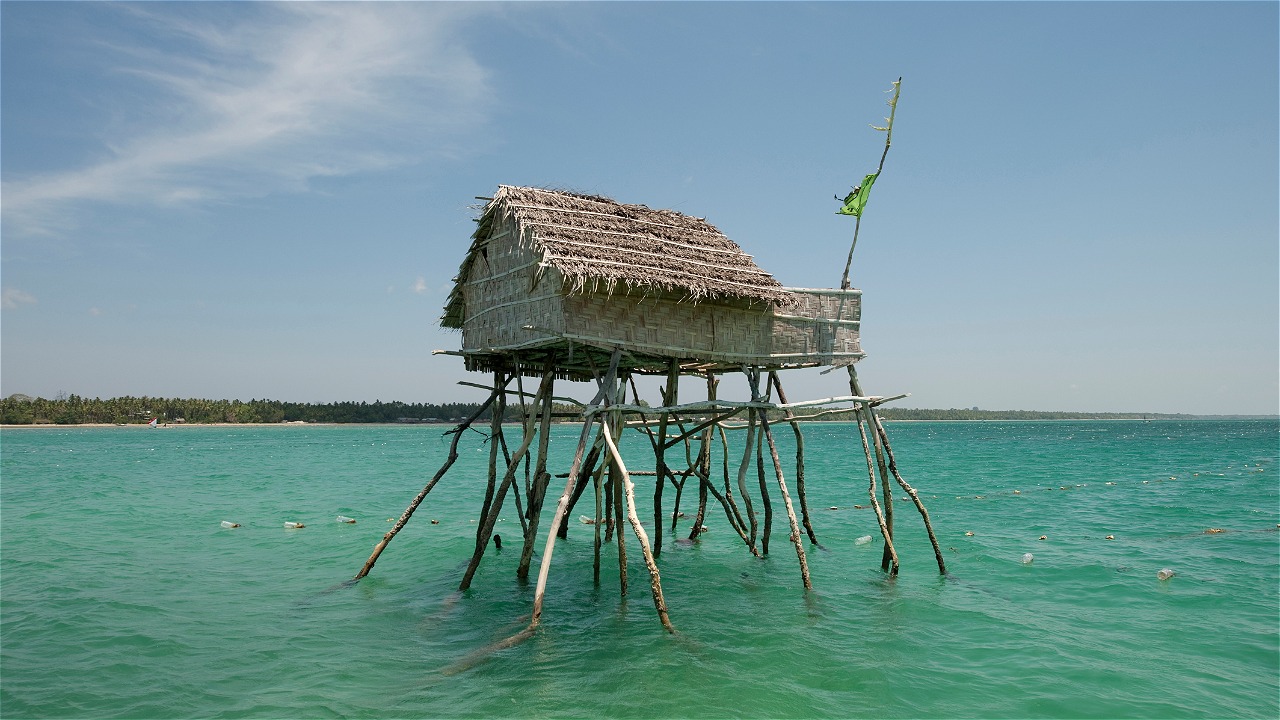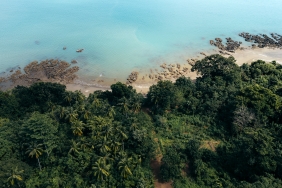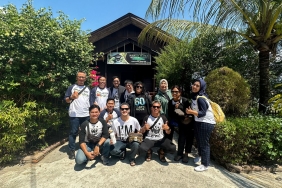THE IMPORTANCE OF ASSESSING THE CARRYING CAPACITY OF SEAWEED FARMING IN WAKATOBI
By: Anastalia Adelady (Fisheries Business Officer, WWF-Indonesia)
In October 2017, WWF-Indonesia's Southern Eastern Sulawesi Subseascape (SESS) program analyzed seaweed nutrient sources in six seaweed farming sites in Wakatobi, namely Liya Village, Sombano Village, Horuo Village, Balasuna Village, Langge Village and Derawa Village. Four of the five villages experienced pest problems that caused a decline in production, so it was necessary to collect water quality data. In addition, with the aim of assessing the environmental carrying capacity of the land suitability for seaweed cultivation development and spatial utilization of the location, the activities carried out until June will involve many parties, namely the Wakatobi National Park, the Wakatobi Marine and Fisheries Service and the WWF-ID SESS assisted groups in Liya Wangi-Wangi Village and Derawa Kaledupa Island.
Reflecting on the past, seaweed cultivation activities in Wakatobi use the basic lapas method where the position of seaweed is at the bottom of the water and supported by wooden stakes tied with ropes along 25-30 meters with a distance of one meter between other stakes. In Wakatobi itself, seaweed has been developed since 1995 with Euchema cottoni seedlings. Ten years later, this method was deemed ineffective, as seaweed cultivation suffered from pest attacks that were detrimental to farmers. Then, the system was changed to the floating method which did not provide significant changes until finally in 2013, farmers replaced the seeds with the type of seaweed Euchema spinosum.
Although the floating method was quite free from pests, in 2017, production declined again due to the lack of seeds and the decline in market prices. In the aftermath, farmers learned three things: that pests and diseases are closely related to the health of the surrounding ecosystem, that good seeds are not easy to obtain, and that the market has the power to intervene in the purchase price of seaweed.
Since 2015 WWF-Indonesia has been providing Aquaculture Improvement Program (AIP) assistance to Lagundi farmer groups in Liya Village and Derawa Group in Derawa Village which aims to monitor group activities. WWF-Indonesia also encourages farmers to obtain healthy and quality seeds by establishing a nursery for sea grasses from tissue culture developed by the Lampung Center for Marine Aquaculture. Unfortunately, despite the use of superior seeds, the seaweed nursery program has not been successful.
The results of an analysis last year showed that the nutrient sources of seaweed cultivation owned by Wakatobi farmers were minimal, making seaweed vulnerable to pests in addition to other factors, such as oxygen, salt levels, and acidity. WWF-Indonesia continues to assist seaweed farmers so that nutrient-deficient seaweed can be avoided.
In general, seaweed has become a large and growing seaweed aquaculture industry in Indonesia. Indonesia represents 37% of the world's seaweed production, producing more than 10 million tons per year. Wakatobi's seaweed farmers have been part of the vanguard of this seaweed industry's growth, despite the various challenges that exist.





